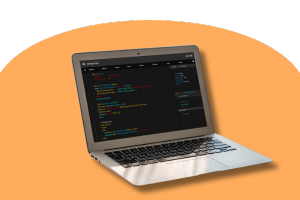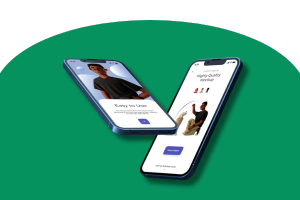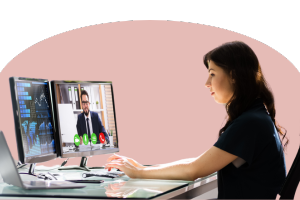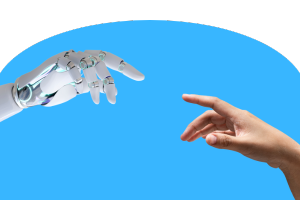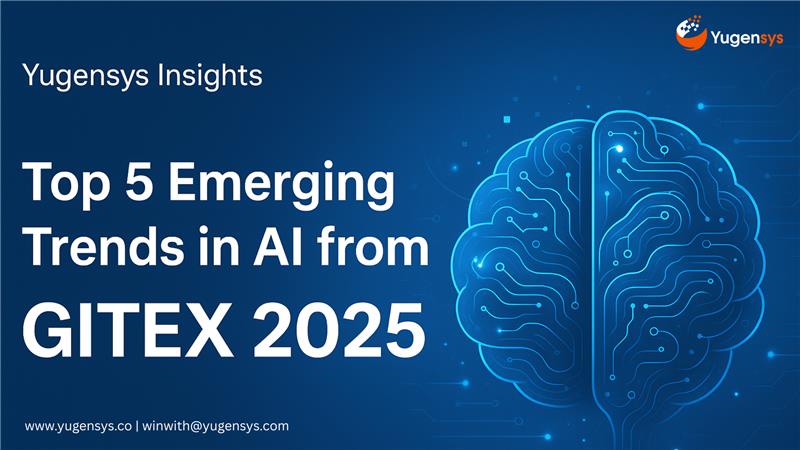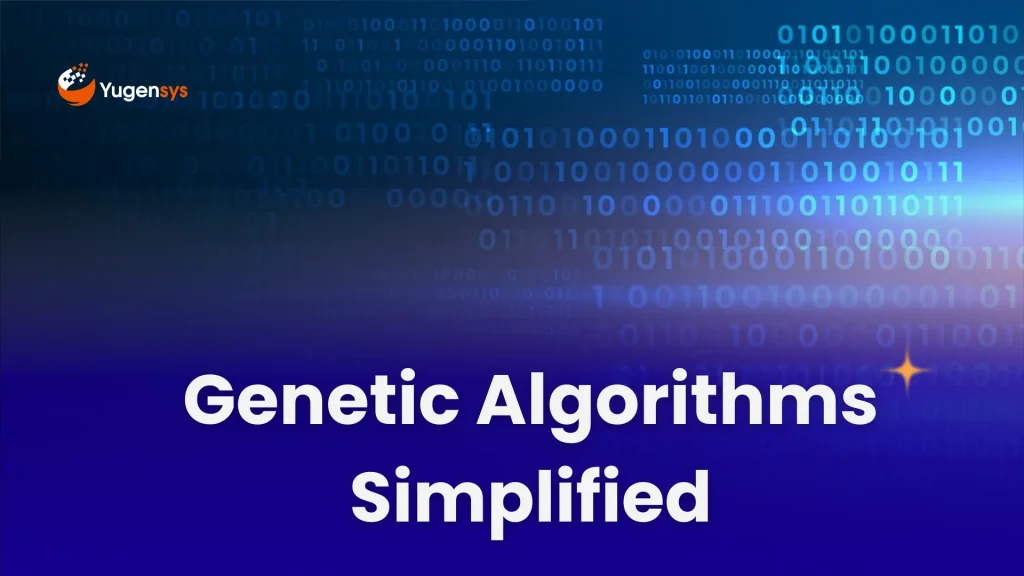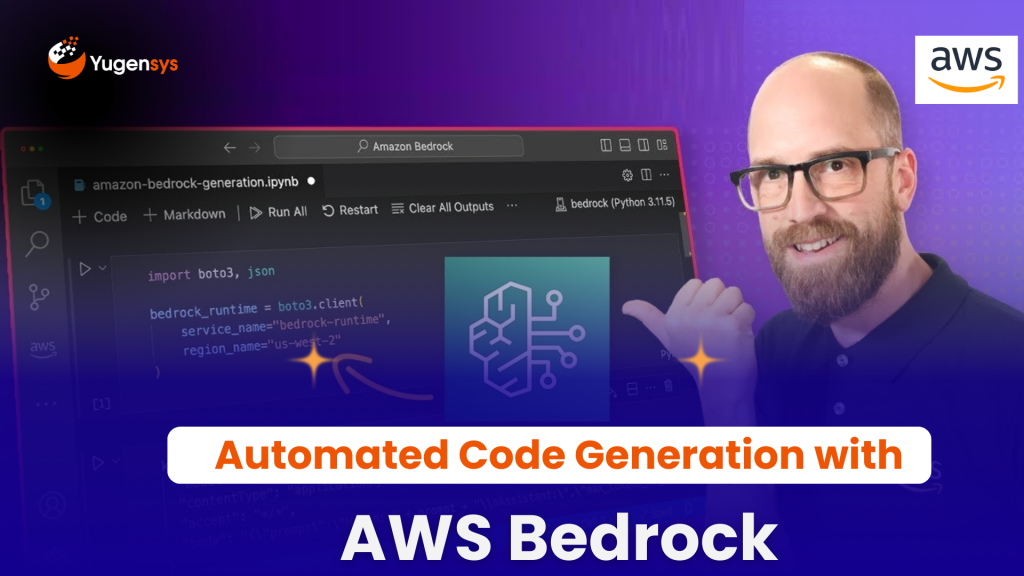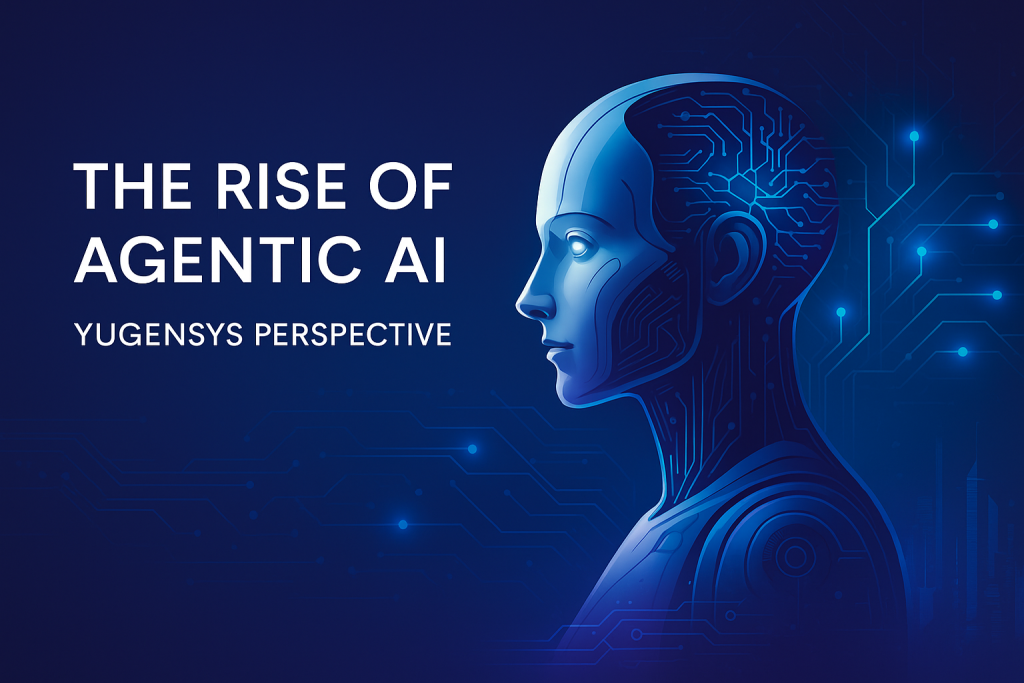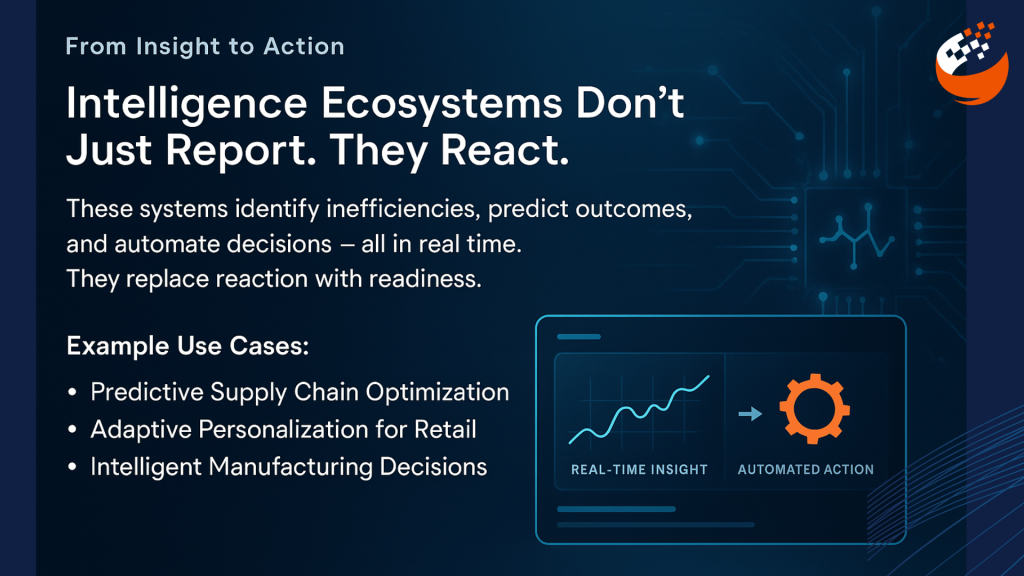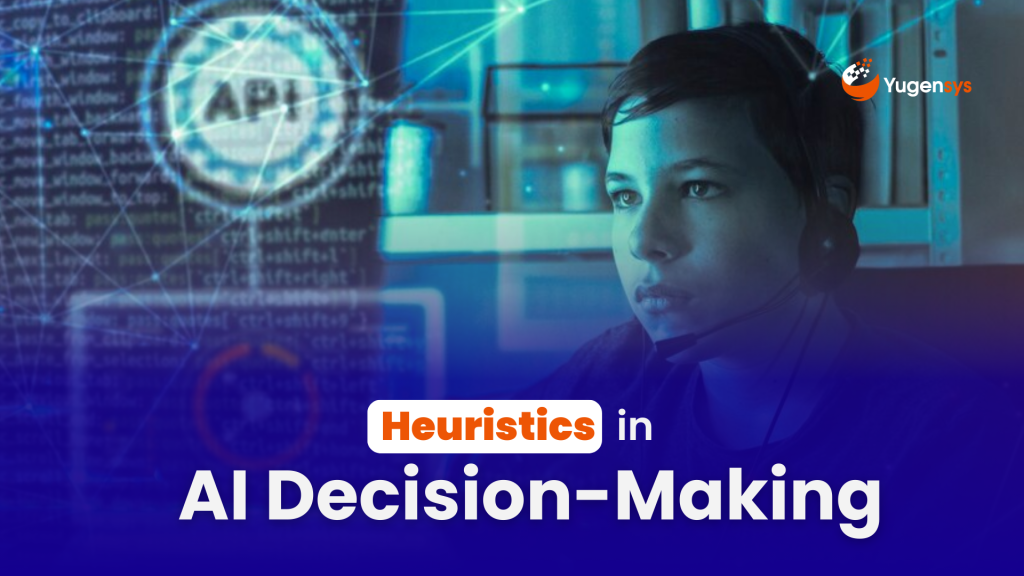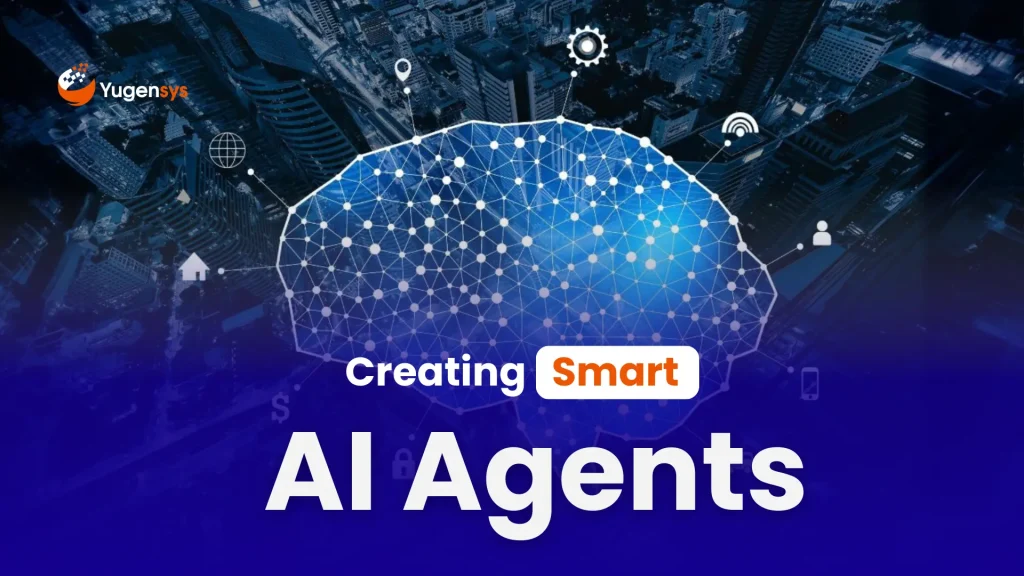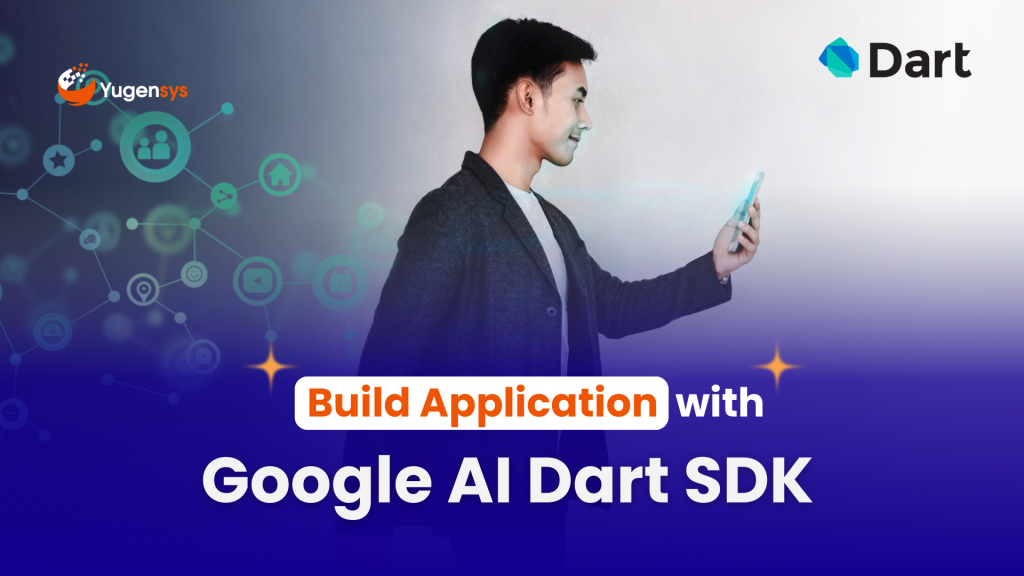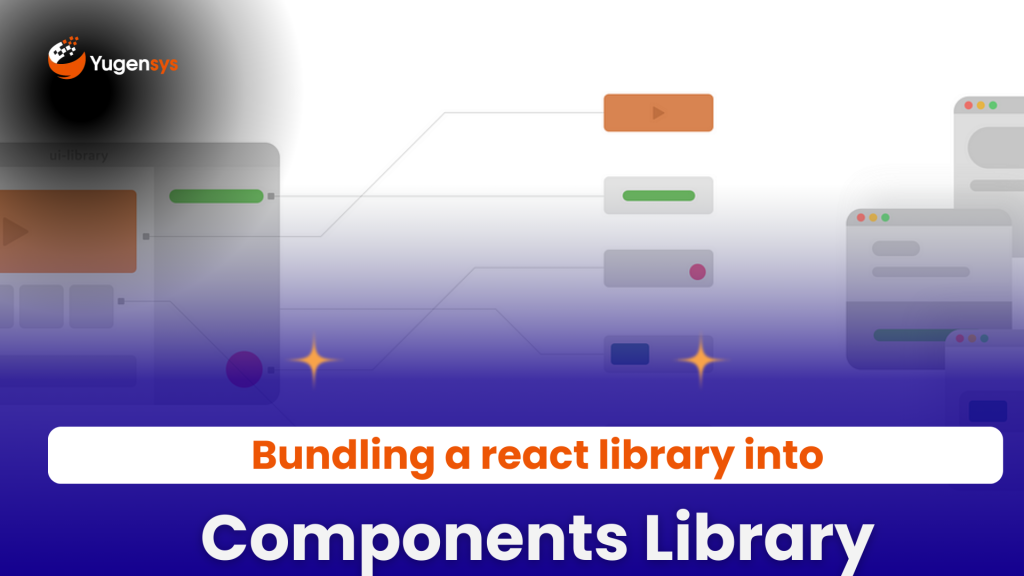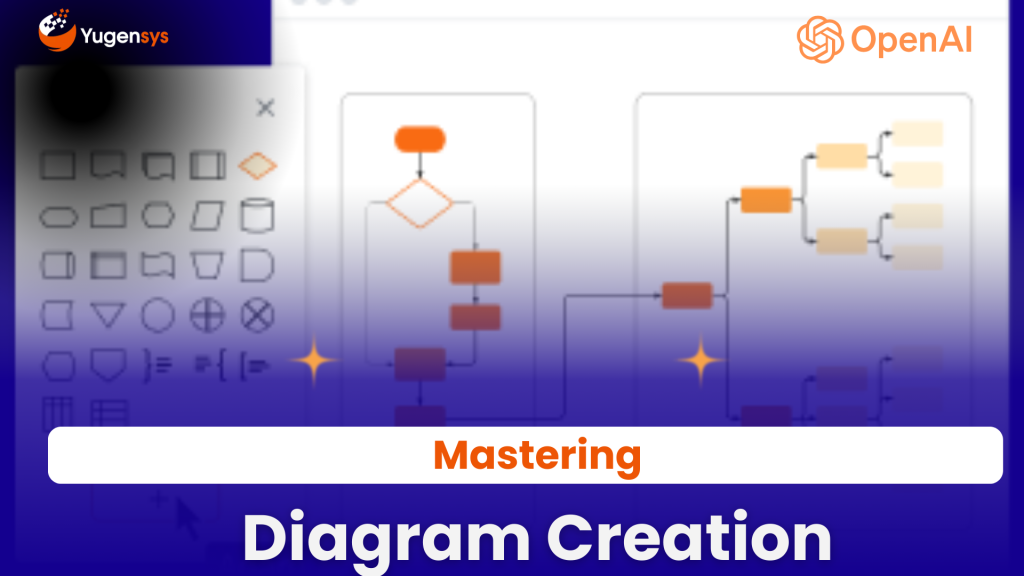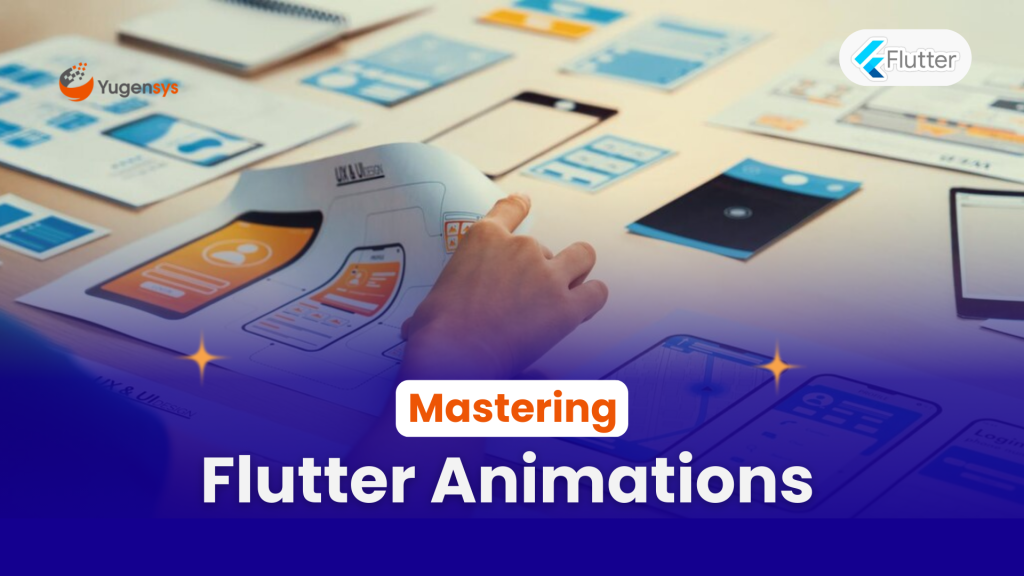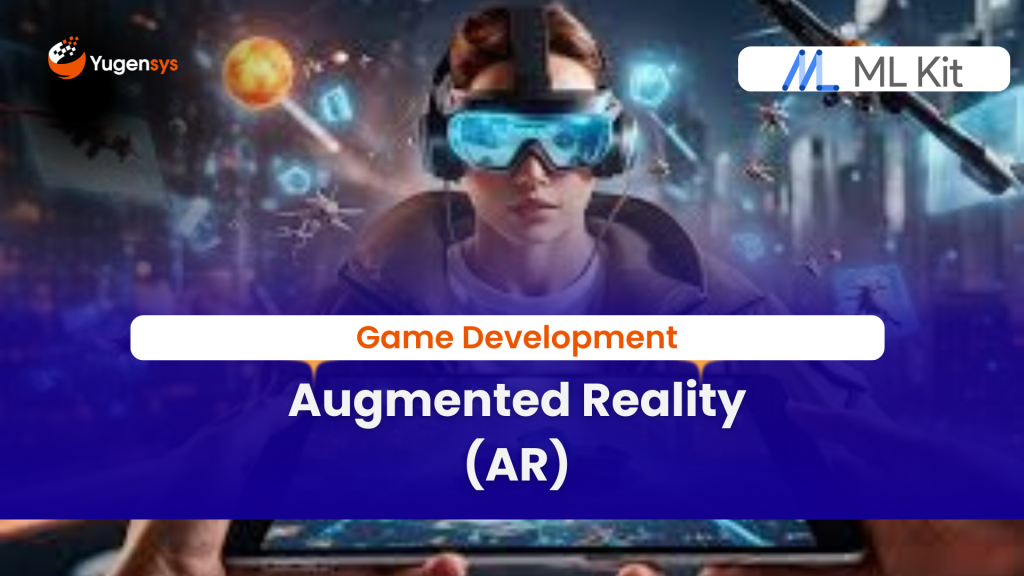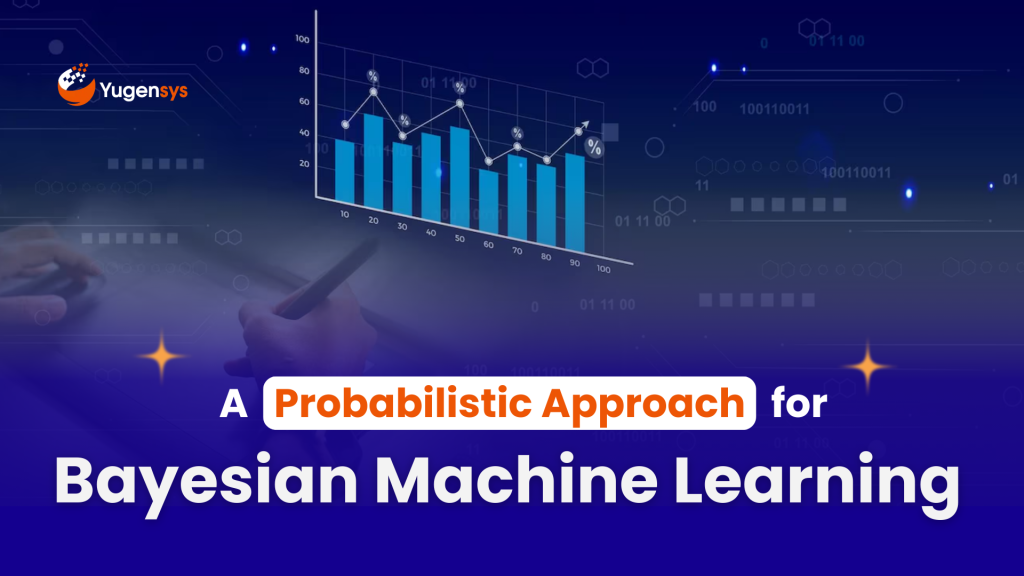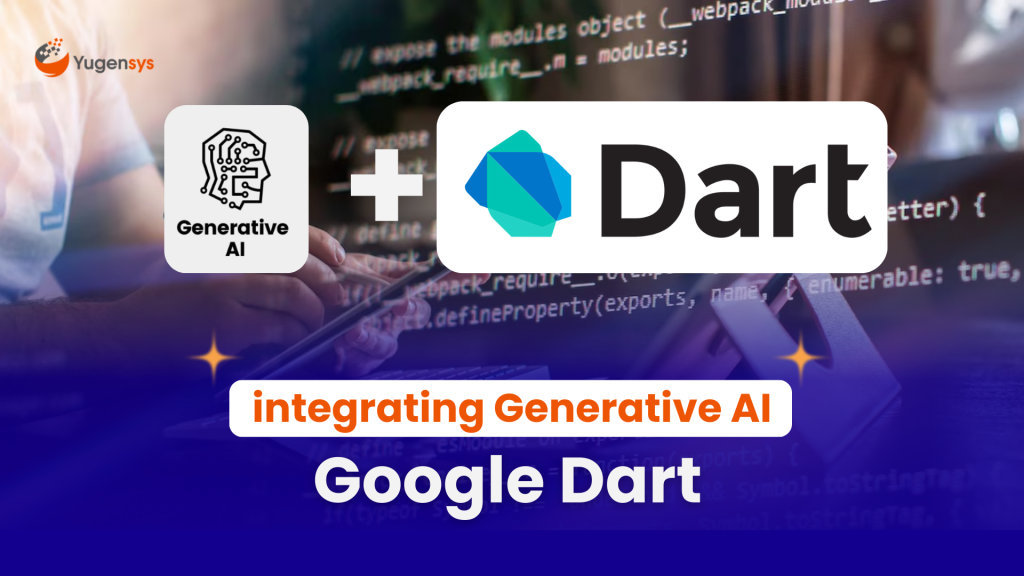ChronoEdit-14B: The Next Evolution in AI Image Editing — Paint, Rewrite, Reimagine. Pixel by Pixel.
Table of Contents
Introduction
AI image editing just crossed another frontier — and the demo below shows it in action.
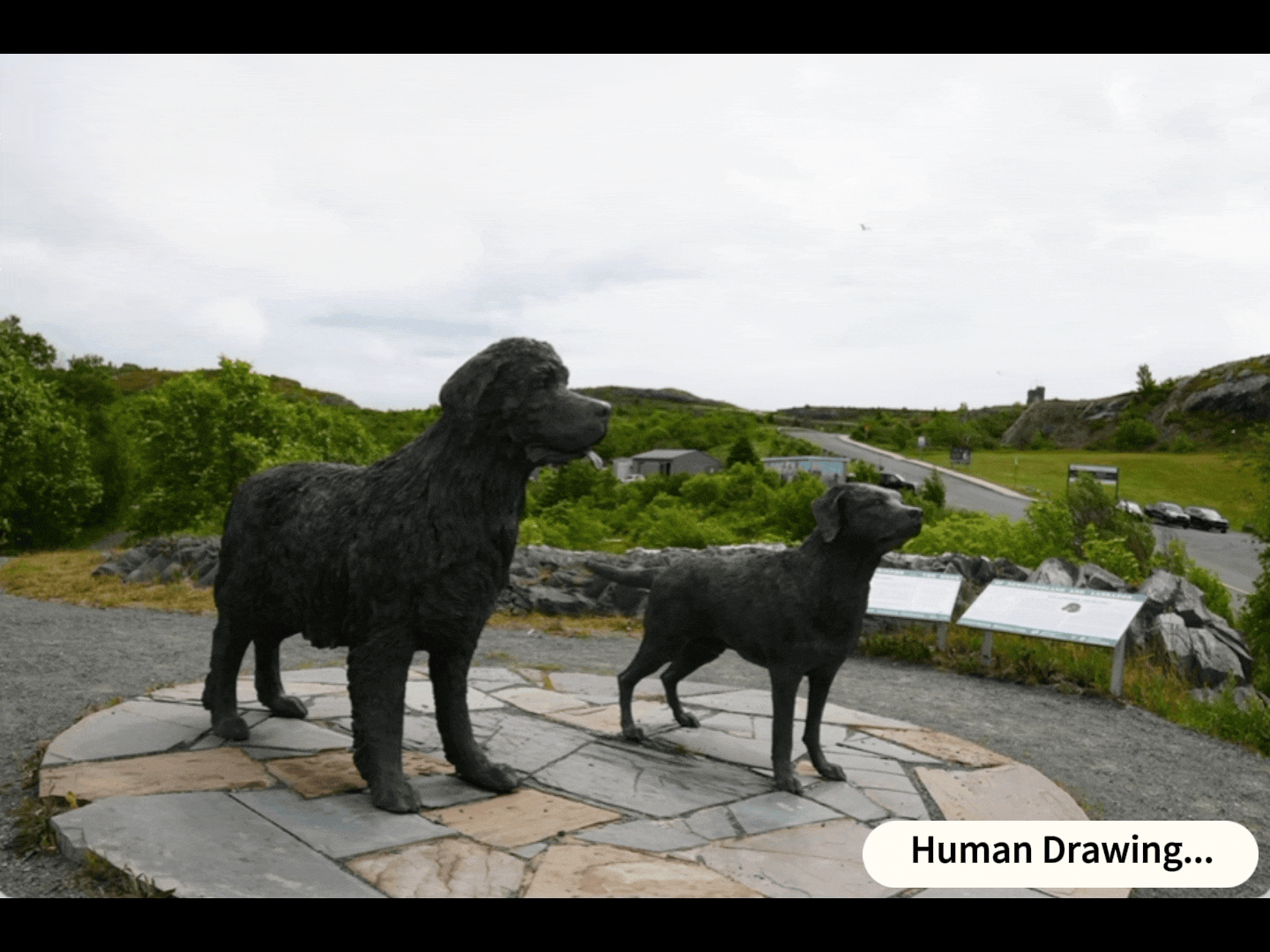
This is what happens when you fuse diffusion models with pixel-level paint-brush control — intuitive, surgical, and creatively liberating.
While the industry is racing toward bigger multimodal LLMs and general-purpose vision models, a quiet revolution is happening in precision image editing. The new ChronoEdit-14B Diffusers Paint-Brush LoRA on Hugging Face is one of the cleanest examples of what the “next phase” of generative vision looks like:
👉 Not creating images from scratch… but rewriting reality with surgical control.
👉 Not prompt magic… but pixel-level steering with intuitive paint-brush-based edits.
👉 Not full retraining… but lightweight LoRA overlays that give powerful new capabilities without touching the base model.
AI image editing just crossed another frontier — one that brings us closer to true creative collaboration between humans and machines. With NVIDIA’s ChronoEdit-14B Diffusers Paint-Brush LoRA, editing no longer feels like prompting a black box. It feels like painting directly inside the model’s imagination.
Instead of rewriting an entire scene from scratch, ChronoEdit gives creators something radically intuitive: pixel-level control using simple brush strokes. Draw over the region you want changed — a patch of sky, a texture, a character, a color — and the model interprets your strokes as precise editing intent. No complex prompts. No trial-and-error. No full regeneration.
Built on a powerful 14B-parameter diffusion backbone and fine-tuned through lightweight LoRA layers, ChronoEdit blends high-fidelity generation with surgical accuracy, enabling artists, designers, and developers to reshape images as naturally as they would with a real brush. Whether you’re adjusting lighting, replacing materials, refining character details, or adding new visual elements, the model preserves structure, identity, and style with uncanny stability.
This is more than just an upgrade in image editing capabilities — it’s the emergence of Generative Art Direction. A workflow where human creativity sets the vision and AI fills in the detail. A future where editing becomes interactive, intuitive, and deeply visual. ChronoEdit shows us what happens when diffusion models stop acting like generators—and start behaving like collaborators.
This model is not just an editor — it’s a temporal + spatial aware paint-brush engine for AI-driven art direction.
Let’s break down why this matters.
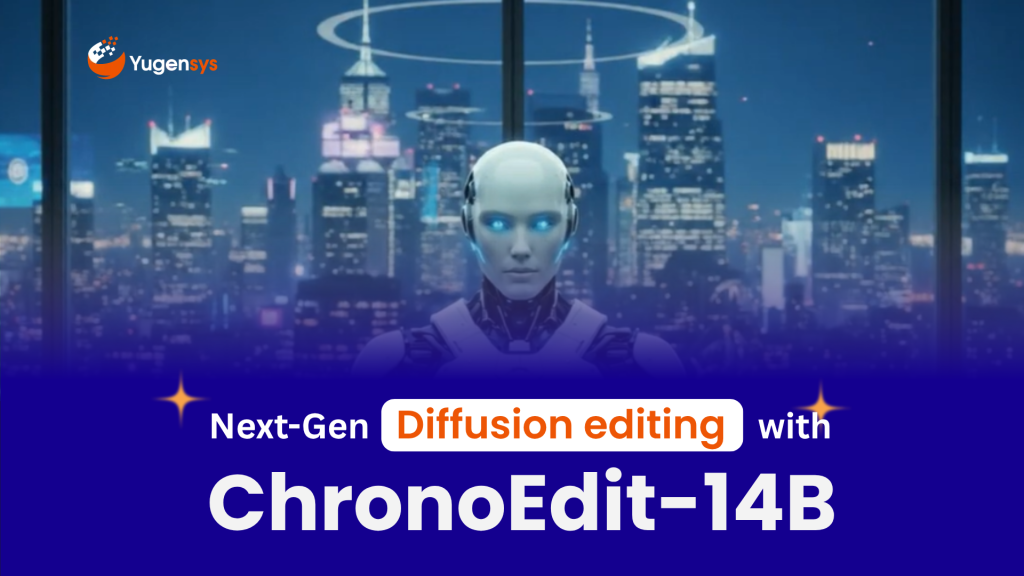
Why This Model Is Getting Attention
Where most diffusion models follow a prompt → image workflow, ChronoEdit adds something new:
Localized Paint-Brush Control
You literally draw over the region you want changed — color strokes, shapes, hints — and the model uses that as an instruction map.
This is far more intuitive than mask-by-prompt or bounding boxes. Artists and non-artists can just… paint.
LoRA-powered accuracy
ChronoEdit-14B uses a Paint-Brush LoRA — meaning:
- The base model stays frozen
- Only a small “overlay” set of parameters is trained
- The LoRA specializes in precise edits without harming the model’s overall style or intelligence
This solves the biggest problem in past image editing models:
editing strength used to break style consistency.
Now, with LoRA layering, edits feel native.
Diffuser Pipeline = Fast + Predictable Edits
This model plugs directly into Hugging Face Diffusers, allowing:
- 4–8 step fast inference
- Consistent structure preservation
- Repeatable results across multiple edits
- Seamless pipeline integration for web apps
Temporal Stability (“Chrono”)
ChronoEdit emphasizes temporal consistency — meaning even when doing sequential edits, the subject identity and structure remain stable.
Perfect for iterating on product shots, character designs, brand imagery, etc.
What Makes ChronoEdit-14B Special? (In Plain English)
Think about traditional diffusion:
“Describe what you want; model tries to create something close.”
ChronoEdit flips that:
“Show me what to change, and I’ll surgically rewrite just that part.”
You can:
- Turn a day scene into night
- Change colors, textures, materials
- Add shadows, highlights, weather effects
- Redesign outfits, surfaces, or props
- Refine anatomy, shapes, or details
- Remove unwanted artifacts
- Add stylization to specific regions
- Repaint over lighting or composition errors
This is the closest we’ve come to treating diffusion models as digital paintbrushes instead of random generators.
Under the Hood (Without the Jargon Overload)
Base Model
ChronoEdit-14B (a 14B-parameter diffusion backbone built for high-fidelity editing tasks).
Fine-tuning Mechanism
LoRA — a lightweight technique where only small, low-rank matrices are trained while the base model remains frozen.
Benefits:
- 40–200× faster training
- Small file size
- No loss of original knowledge
- Easy to swap in/out multiple LoRAs
Paint-Brush Conditioning
The model treats your drawn strokes as conditioning signals.
Essentially: your brush becomes part of the model’s “prompt.”
Diffusers Pipeline Compatibility
Meaning:
developers can drop this into existing apps instantly.
- Works with ControlNet
- Works with InstructPix2Pix style workflows
- Works with mask-based samplers
- Supports fast schedulers (DPM++ 2M, Euler-a, etc.)
Why This Is a Big Deal for Designers, Developers & Product Teams
1️⃣ End of Prompt-Guessing
Editing becomes visual, not linguistic.
2️⃣ Democratizes High-End Art Direction
You don’t need to be a pro artist to get pro-grade edits.
3️⃣ Perfect for Product Photography
Change color variants, add lighting tweaks, or test prototypes.
4️⃣ Ideal for Creative Agencies
Rapid iterations without re-rendering full scenes.
5️⃣ Game-Changer for UI/UX Teams
Mockups → Variants → Moodboards → Final visuals
All from one source image.
6️⃣ Film & Motion Graphics
Since edits are temporally stable, you can build consistent frames that later feed into video editors.
Real-World Examples of What ChronoEdit Can Do
Here are types of edits designers are already exploring:
- Turn a winter landscape into summer with painted green strokes
- Add a cartoon creature into a real photo by simply sketching its outline
- Rebuild damaged or missing image regions with realistic detail
- Change textures (leather → cloth, wood → metal)
- Modify facial details while keeping identity
- Create alternate versions of campaign assets
- Upgrade old product photos without retakes
- Transform lighting direction and shadows
It’s Photoshop meets Stable Diffusion meets animation-style control.
For Developers: Why ChronoEdit Matters in 2025
- LoRA = Fast deployment
- Small weights = easier scaling
- Works on commodity GPUs
- Can be packaged into SaaS editors
- Low latency = better UX in interactive apps
Imagine building an app where users literally “paint changes” and AI completes the edit with photoreal accuracy.
What This Means for the Future of AI Image Editing
ChronoEdit suggests a future where:
- AI understands edits the way humans do
- Brush strokes carry semantic meaning
- Editing tools become collaborative partners
- Precision control beats prompt engineering
- Fine-tuning becomes modular, swappable, layered
We are moving from:
Generate → Edit → Regenerate
to
Interact → Adjust → Refine (in real-time)
This is the birth of Generative Art Direction — not just AI art.
Try It Yourself (Hugging Face Model)
ChronoEdit-14B Diffusers Paint-Brush LoRA: https://huggingface.co/nvidia/ChronoEdit-14B-Diffusers-Paint-Brush-Lora
Whether you’re an artist, a creative team, or a developer building toolchains — this model is worth experimenting with.
Comparison With Other Diffusion Ecosystems
While ChronoEdit-14B pushes the boundaries of brush-driven precision editing, it sits within a broader ecosystem of diffusion models that have shaped today’s generative landscape.
Stable Diffusion, developed by Stability AI, remains one of the most widely adopted open-source diffusion frameworks, offering a massive library of community-trained variants and checkpoints. Its models—available through StabilityAI’s official Hugging Face repository focus on general-purpose generation, high-quality image synthesis, and flexible fine-tuning workflows, but they typically rely on prompt-based control rather than pixel-level editing. On the other end of the spectrum, OpenAI’s diffusion technology introduced diffusion-based capabilities inside larger multimodal systems, but these models are closed-source and optimized for commercial-grade reliability rather than customizable fine-tuned editing.
Compared to both, ChronoEdit-14B stands out by prioritizing direct brush-driven interaction, localized structural preservation, and LoRA-based specialization, making it a uniquely powerful tool for creators and developers who need precise, controllable, production-quality edits.
Final Thoughts
As visual content creation accelerates across design, advertising, gaming, and product engineering, precision matters more than ever.
Tools like ChronoEdit-14B empower teams to iterate faster, edit smarter, and create at a scale once impossible. It’s not just an editing model—it’s a competitive edge in the next wave of AI-powered creativity.
As the Tech Co-Founder at Yugensys, I’m driven by a deep belief that technology is most powerful when it creates real, measurable impact.
At Yugensys, I lead our efforts in engineering intelligence into every layer of software development — from concept to code, and from data to decision.
With a focus on AI-driven innovation, product engineering, and digital transformation, my work revolves around helping global enterprises and startups accelerate growth through technology that truly performs.
Over the years, I’ve had the privilege of building and scaling teams that don’t just develop products — they craft solutions with purpose, precision, and performance.Our mission is simple yet bold: to turn ideas into intelligent systems that shape the future.
If you’re looking to extend your engineering capabilities or explore how AI and modern software architecture can amplify your business outcomes, let’s connect.At Yugensys, we build technology that doesn’t just adapt to change — it drives it.
Subscrible For Weekly Industry Updates and Yugensys Expert written Blogs



